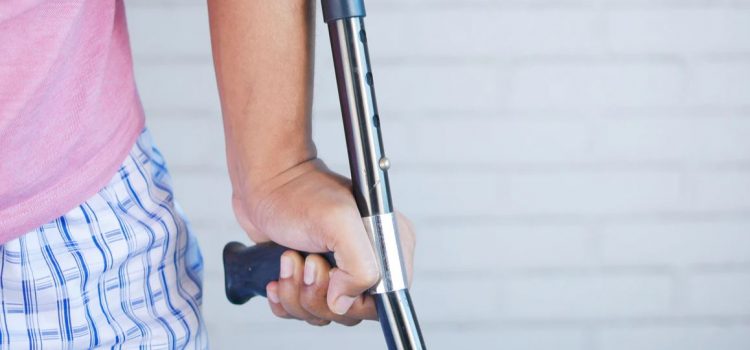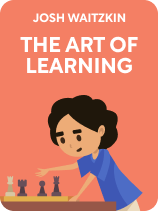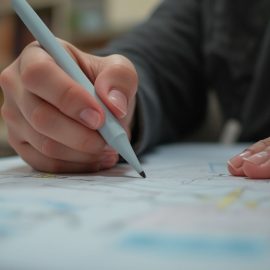

This article is an excerpt from the Shortform book guide to "The Art of Learning" by Josh Waitzkin. Shortform has the world's best summaries and analyses of books you should be reading.
Like this article? Sign up for a free trial here .
How do you continue training with an injury? How can you use your injury as an opportunity to grow?
Skipping training to let your body heal from an injury is frustrating. While many choose to see injuries as setbacks, you can choose to see them as opportunities to grow. American tai chi champion Josh Waitzkin says you should keep training through injury but only practice psychological aspects of your skill.
Here’s why you shouldn’t stop training when injured.
When Injured, Do Internal Work
In most competitive sports, you run the risk of injuring yourself. Waitzkin argues that we should treat major setbacks, such as injuries, as opportunities to train the subtle, psychological aspects of your skill.
(Shortform note: While some would see it as a setback, many athletes took the 2020-21 COVID-19 quarantines as an opportunity to train with greater focus. In these “quarantine camps,” athletes reported receiving more sport-specific training, emotional health support, better recovery facilities, and greater massage and therapy usage. This supports Waitzkin’s view that setbacks, even those as major as a global pandemic, offer opportunities to grow in new ways.)
A broken bone or overtaxed muscle can’t stop you if you want to become the best. To live a life of excellence, there’s no room for slacking off. Waitzkin says that if he gave himself time off every time he experienced pain, he’d never get off the couch.
After breaking his hand in competition, Waitzkin kept training with the injury, working on the soft, subtle aspects of tai chi. With one arm in a cast, he persisted at practice, training his ability to read his opponent’s tells, stay present mid-fight, and time his moves. In spite of the cast, he learned to unbalance his opponents with just one arm, demonstrating that even serious injuries can have huge upsides.
(Shortform note: Waitzkin is an extremely dedicated competitor, and it may not be a great idea to push as far as he did. Typically, pain is a signal from your body that something’s wrong, and it’s important to allow your body to properly heal. If you continue to train with a broken bone, as Waitzkin did, you risk developing chronic pain from a poorly healed injury. He says that if he rested whenever he was in pain, he’d never be training—but most of us don’t need to be world champions to gain many of the benefits of fitness and competitive fulfillment.)
Though you can’t directly train the injured part of your body, time spent healing should still be spent training. Every skill has a technical side and a psychological side. Instead of doing technical practice, do mental practice. For example, instead of practicing your free throw, you could work on remaining calm under pressure.
You can also use visualization to maintain immobilized muscles while you’re injured. Waitzkin details how he would work out the healthy side of his body, then “energize” the muscles stuck in a cast by performing the same workout with visualization. When the cast came off, his muscles had hardly lost mass.
(Shortform note: Using one-sided training to maintain your strength while injured is called “cross-education,” and isn’t as implausible as it sounds. In short, one-sided training can stimulate muscle and nerve growth in the complementary muscle group. So if your left leg is injured, working out the right one may help the injured side to recover, or at least maintain fitness. Further, visualization can help you train while injured: It stimulates the nerve cells that correspond to what you visualize, so you can activate a muscle even while it’s immobilized.)

———End of Preview———
Like what you just read? Read the rest of the world's best book summary and analysis of Josh Waitzkin's "The Art of Learning" at Shortform .
Here's what you'll find in our full The Art of Learning summary :
- Life advice from chess prodigy and tai chi World Champion Josh Waitzkin
- Detailed looks at the psychological and technical sides of skill-building
- How to build any skill from the bottom-up






